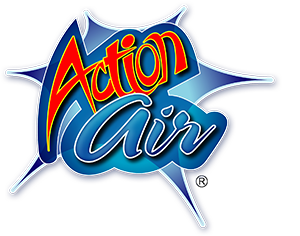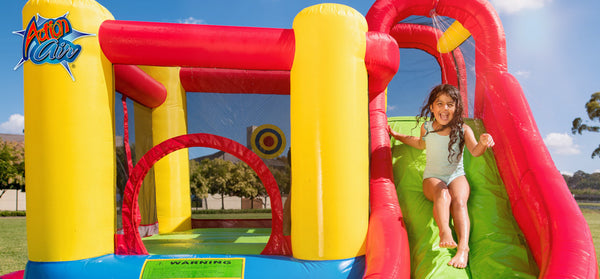Bounce House Weight Limits: Key Considerations for Safe & Fun Play
Bounce houses are a popular source of entertainment for children, providing them with hours of fun and physical activity. However, ensuring the safety of children while using bounce houses is crucial. One important aspect to consider is the weight limit of the bounce house. This article will delve into the significance of bounce house weight limits in maintaining a safe and enjoyable play environment.

Understanding Bounce House Weight Limits
- Definition and Purpose: Bounce house weight limits refer to the maximum weight capacity the inflatable structure can safely accommodate. This limit ensures that the bounce house remains stable and reduces the risk of user injury.
- The Safety Impact of Exceeding the Weight Limit: The weight limits on bounce houses serve several important purposes. Firstly, they help maintain the structural integrity of the inflatable. Bounce houses are made of durable materials, but they have their limitations. By specifying a weight limit, manufacturers ensure that the bounce house can support the weight of users without becoming unstable or collapsing.
Factors to Consider When Evaluating Bounce House Weight Limits
When determining the suitability of a bounce house for children, it is essential to consider their age, the number of children using it simultaneously, and their weights. These factors directly affect the load placed on the bounce house. A standard outdoor bouncy castle typically has a maximum weight capacity max. 250 pounds, whereas larger bounce houses can accommodate max.400 pounds or more. For smaller outdoor inflatables, the weight limit may be max. 90 pounds and only allow two at a time.
Some bounce houses have extra features like slides, obstacle courses, or climbing walls. These additions can increase the load on the structure, so it's crucial to account for the combined weight of children and any additional elements.

Each bounce house model may have a specific bounce house weight limit set by the manufacturer. It is vital to adhere to these guidelines to ensure the safety of the users.
Ensuring Safe Play With Bounce House Weight Limits
- Monitor and Enforce Weight Limits During Playtime: Adults and supervisors are responsible for monitoring and enforcing the weight limits of the bounce house. Regularly check the number of children using it and ensure they fall within the specified weight range.
- Educate Children on Bounce House Safety Rules: Teach children how to use the bounce house safely, including guidelines on jumping, sliding, and interacting with others inside the inflatable structure. Proper usage can help minimize the risk of accidents.
- Regular Inspection and Maintenance of the Bounce House: Routinely inspect the bounce house for any wear, tear, or damage. Promptly address any issues and ensure proper maintenance to uphold its safety and durability.
For the information about bounce house patching, please also read A Simple Tutorial for Effectively Repairing a Bounce House.
Where to Buy the Best Inflatable Bounce House?
Bounce house weight limits are crucial for maintaining children's safe and enjoyable play experience. By understanding the definition and purpose of these limits and considering factors such as age, number of children, additional game elements, and manufacturer's guidelines, you can ensure the safety of kids when they play on a bounce house. When purchasing an inflatable bounce house, it is recommended to choose a reliable producer like Action Air, known for our commitment to safety and quality.
Action Air offers a wide range of bounce houses designed with strict weight limits and safety standards in mind. Our products are made from commercial-grade bounce house materials and undergo rigorous testing to ensure reliability and longevity. By choosing a bounce house from a trusted producer like Action Air, you can have peace of mind knowing that you provide a safe and fun environment for children to play in.





